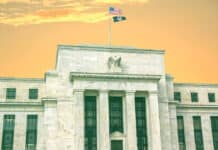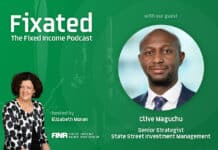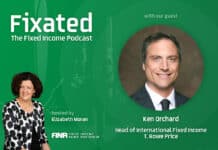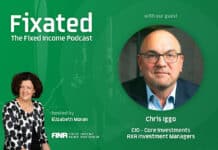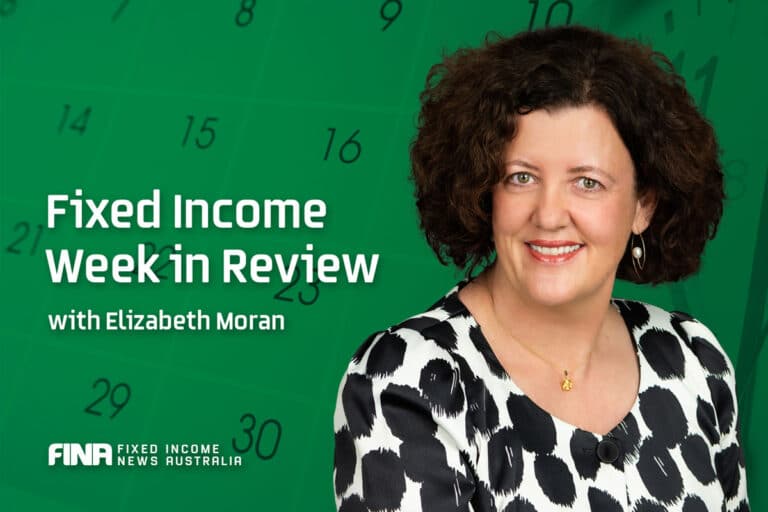
Poor US jobs data has increased the chance of a US rate cut this month, with some talk of a 50 basis point cut, taking the US Fed funds rate to 3.75%-4%.
Meanwhile, global bonds have entered a bull market, up 20% since 2022 lows.
Interestingly, spreads between the lowest-rated US investment-grade bonds and the highest-rated US sub-investment-grade bonds have narrowed to around 80 basis points, driven by investor demand for higher yields. Investment-grade credit spreads are near their tightest levels since the late 1990s.
In Australian corporate bond issue news:
- Caterpillar has mandated a three-year senior deal
- AGI Finance, issuing for the Australian Gas Infrastructure Group has mandated a six year senior unsecured bond
- AGL Energy mandated a seven and or a 10-year senior bond
- Western Sydney University mandated a seven or 10-year senior bond
- Royal Bank of Canada raised $1.5 billion six six-year non-call five (6NC5) dual tranche senior deal
- $700m fixed to floating tranche with a 4.738% coupon
- $800m for the floating rate tranche priced at 3-month BBSW + 115 basis points.
I was very fortunate to go to the Jana Investment Advisors Conference last week and hear some great international speakers, including some of our regular commentators from T. Rowe Price and Shemara Wikramanayake, Macquarie’s CEO.
Sebastien Page of T. Rowe Price’s Global Multi Asset Division opened the conference with these memorable comments:
- The stock /bond correlation will fail if we get an inflation shock, which they think there’s a chance.
- There’s a 10-25% chance of change in US exceptionalism in the next 10 years, if something really impacts the US economy. The percentage is higher if the US goes into a deep recession but recovers in the next 10 years.
- Thinking about the S&P 500, the average 12-month forward return when markets are at a 12-month high, is 10%, but when the price earnings ratio is more than 20 times, the forward return drops to 1.6%.
- Page spoke of one of his colleagues, Arif Husain, who is head of global fixed income, who is bearish on long date US bonds given large deficits, inflation and volatility and that if the US 10 year hits 4.9%, valuations start to wobble. As they approach 5%, there’s no equity risk premium. Also, there could be a growth scare.
- Illiquid assets are taking over, and flows are accelerating, which is considered a megatrend.
- There’s a bubble in US private markets as investors are chasing lower-quality assets, which speaks to a fragility in the market.
I really enjoyed listening to Wikramanayake, she’s so bright and engaging, clearly the smartest person in the room. Company strategy is for ‘patient, adjacent growth and to take baby steps in new markets. To learn from mistakes and either pivot or double down’. It’s clearly paying dividends.
We’ve got two articles relating to the conference. First up, I interviewed Steve Boothe from T. Rowe Price who heads global investment grade credit, and got his take on the market.
Boothe also presented a session on the rise of passive investment and consequences for market dynamics, which I’ve partially transcribed. This is really interesting. Passive investment has greater consequences for equities, which he discusses, and bonds aren’t far behind. I just kept thinking about the CBA share price and the company’s share of the market.
Talking about equities, Chris Iggo from AXA IM discusses the US equity market and expected future returns given current high valuations. Despite some sovereign bond concerns Iggo thinks bonds are alright and outlines his favoured sub-sectors.
The domestic private debt market is growing fast with a stream of new products for retail investors. Amundi takes stock of the more mature US private debt market, stating it’s at a critical juncture.
Just in case you missed it, here’s our new podcast with Sam Morris, who was recently promoted to General Manager Strategy at Challenger.
Have a great week.










